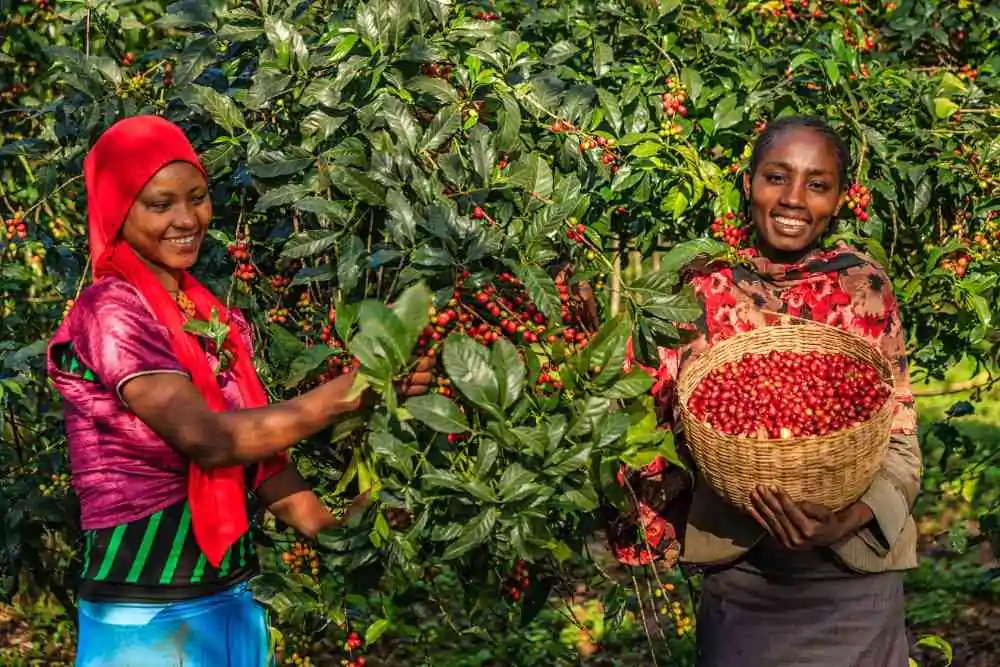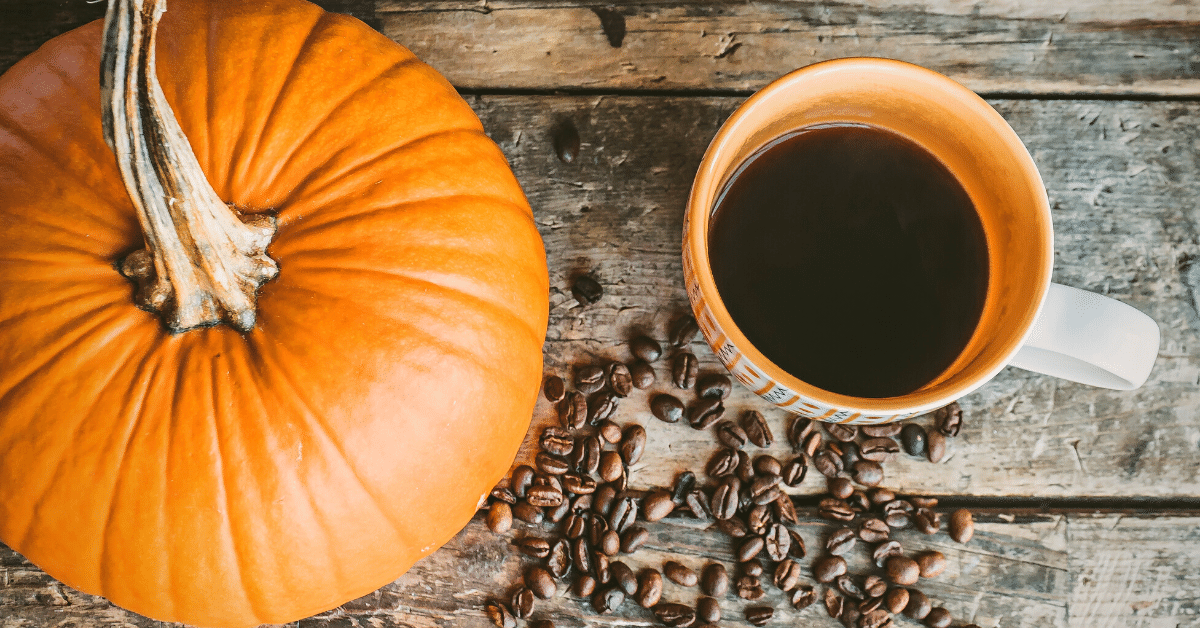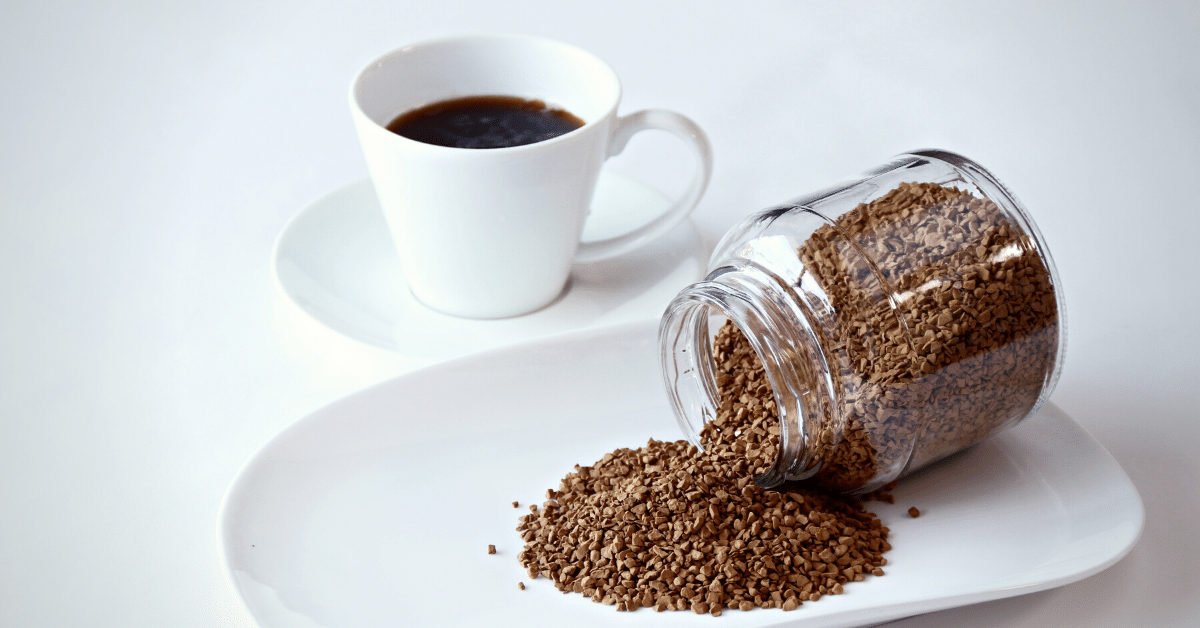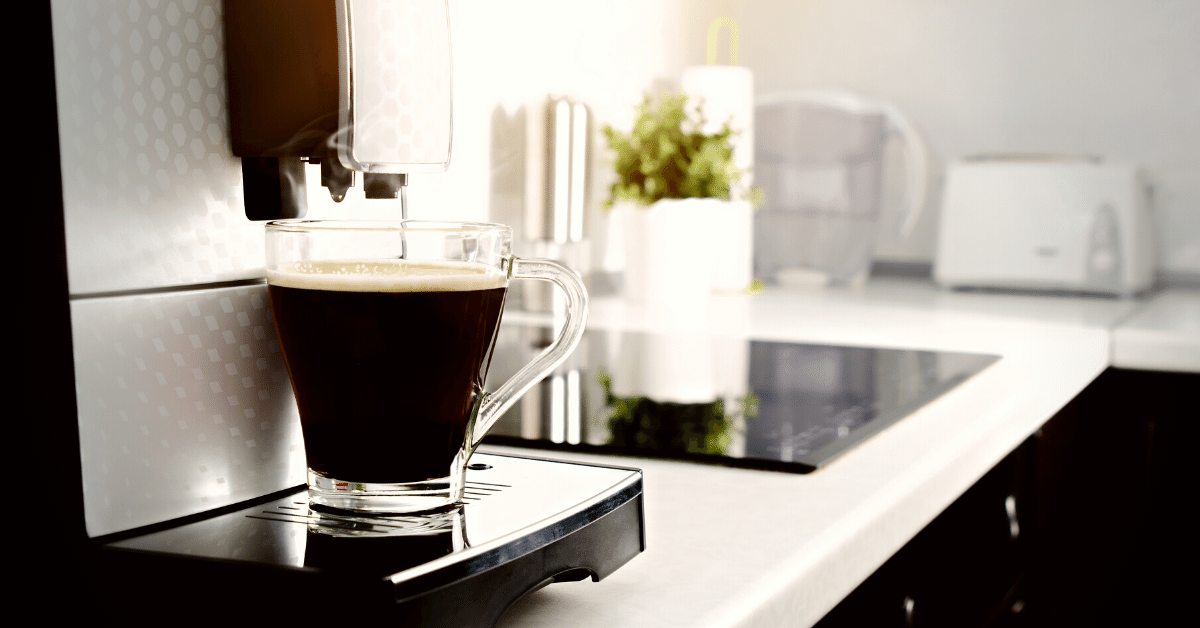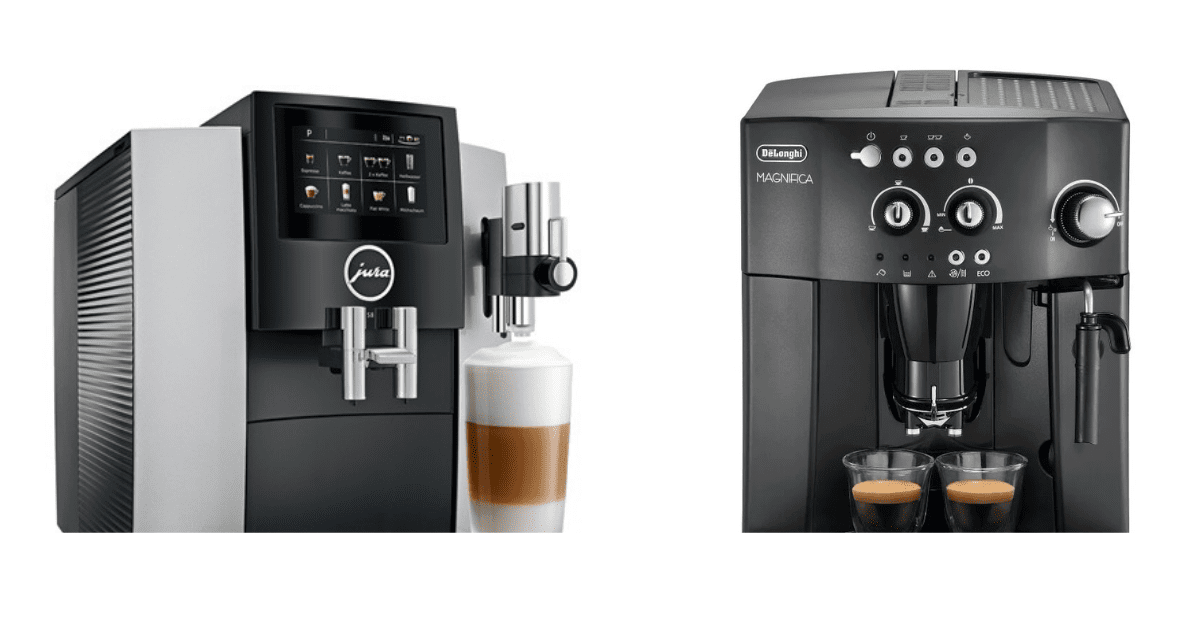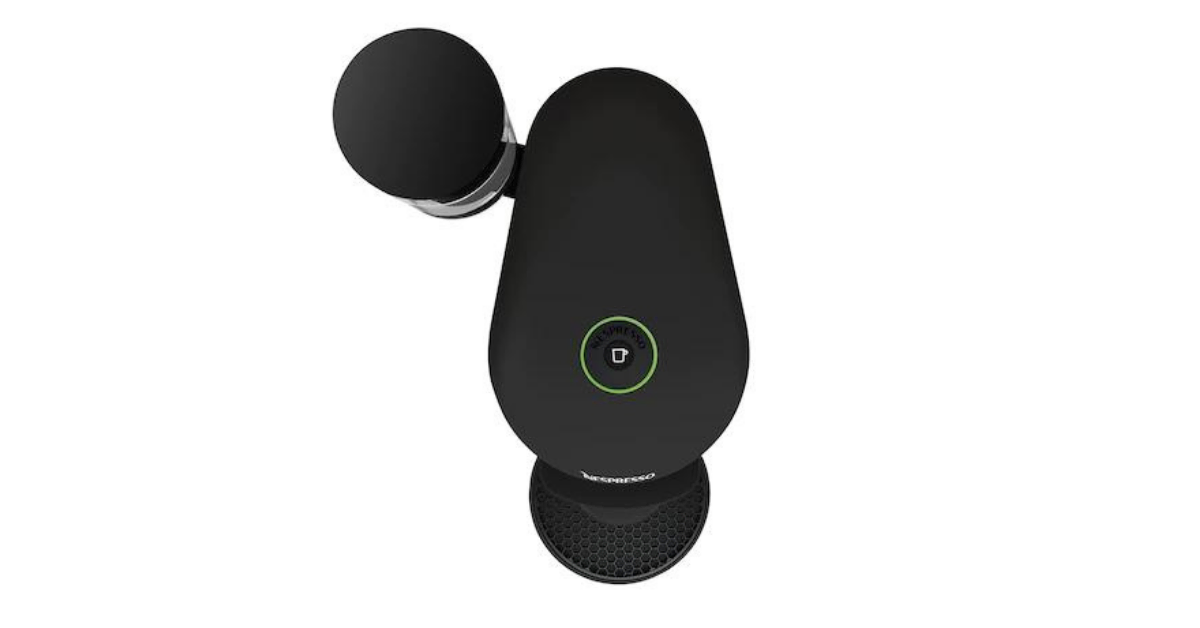With more than 20 coffee-producing countries, selecting African java is overwhelming. We gathered everything you need to know to find the best African coffee.
In search of the best coffee beans, I’m sure you’ve come across the best African coffee. The beans grown on this continent enjoy the reputation of being some of the best in the world.
I can attest to the stellar reviews; this is particularly true for the famous Yirgacheffe, which is my favorite.
As a true coffee enthusiast, I enjoy exploring coffee from different origins. Today, I’ll share my knowledge of African coffee with you. In this article, we’ll cover everything from growing conditions to flavor profiles they create.
So let’s dive straight in.
Understanding African Coffee
Coffee is grown in over 50 countries in the world, and many of them are in Africa. One thing you can easily notice by looking at the map is that all African coffee-producing countries are situated around the equator.
This is not an accident. In fact, all of the top-producing countries can be found within what’s known as the “bean belt.” It’s an imaginary loop running horizontally across the equator and spanning 25 degrees north and 30 degrees south of it.
Coffee is quite a peculiar plant and requires specific conditions to grow, including temperature, soil type, and rainfall; the bean belt provides all of them.
If you pay close attention to the map, you’ll notice that most African coffee-producing countries are in the Eastern part of the continent. This is where most gourmet African coffee comes from, which is no surprise given that these countries check all the boxes:
- Proximity to the equator
- Mineral-rich soils
- Humidity
- Rainfall
- Mild temperatures
Some of these countries are fairly new in the coffee-producing business, but others have been growing coffee for several centuries now.
In fact, the legend has it that Africa, more specifically Ethiopia, is where coffee originally comes from.
According to the legend, an Ethiopian goat herder named Kaldi noticed that his goats behaved erratically after eating the mysterious yellow and red berries growing on a mid-sized shrub.
Kaldi took a few of those berries and brought them to a local monastery, hoping for an explanation.
Unfortunately, the monks disapproved of the berries, calling them “the devil’s work” and throwing them in the fire, but little did they know that the flames would cause berries to release a powerful and exquisite aroma that would blow everyone’s mind.
Apparently, the fragrance was too good to be related to an evil entity. So the monks removed the roasted beans from the fire, ground them, and put them into the water, making the first cup of java.
This legend dates back to the 9th century, and it wasn’t long before coffee reached the Arabian peninsula, from where it started its journey to win the world. Today, it’s the third most consumed beverage, right after water and tea.
It’s worth noting that coffee plays an important role in Africa, as it provides many jobs and establishes trade routes with other continents. Aside from the economy, coffee has shaped the cultural landscape of the continent as well.
Nowadays, coffee is a symbol of generosity and hospitality. It’s part of a daily routine in many countries, like Ethiopia and Uganda.
The Flavor Profiles Of African Coffee

Coffee requires specific growing conditions to thrive. Ideally, that’s a place with:
- Tropical climate
- Nutrient-dense soil
- Well-defined wet and dry seasons
- Shade
- Low risk of pests
A good portion of the African continent provides just that. Most African coffee is grown at high altitudes, where temperatures are slightly cooler. This is not a very hospitable environment for pests, so there’s little need to use chemicals to deal with diseases.
On the other hand, these circumstances are ideal for growing coffee. The beans grow slower on the African mountaintops due to the heavy shade covering the crops. Slower ripening causes beans to be denser and, thus, sweeter and more complex in flavor.
Plus, most of the African coffee-growing region is highlands, which have two distinct seasons: dry and wet seasons — exactly how coffee plants like it.
Now, each of these environmental parameters influences the final result – how your coffee tastes. In other words, you can taste the difference between coffee from different regions.
When it comes to Africa, the previously mentioned geographical conditions bring out specific flavor characteristics.
In general, African coffee has a bright acidity and rich body. The flavor profile is complex, with prominent notes ranging from berry and winey to floral and citrusy.
It sounds pretty broad, but were you to sip on South American coffee simultaneously; you could definitely tell the difference. Compared to African coffee, South American coffee has a lighter body and more muted acidity. It’s also sweeter, with a nutty and chocolaty undertone.
Generally, African coffee is more similar to Central American coffee, as they both can be fruity and acidic. In fact, it’s like the love child of African and South American coffee, as it shares a bit of both.
Top African Coffee-Producing Countries
As we established, the geographical characteristics of the growing region influence the flavor of the coffee beans.
Beans grown at 5,000 and 6,500 feet above sea level won’t taste the same. That’s why you can notice quite a difference between beans grown in different African countries.
In this section, we’ll go over the top coffee-producing countries on the continent and what makes their coffee unique.
Ethiopia
Ethiopia is regarded as the birthplace of coffee. Whether that’s actually true, we can’t tell for sure, but what we do know is that today, Ethiopia is the fifth largest coffee-producing country in the world.
Most Ethiopian coffee is grown on farms situated at 5,000 to 6,500 feet above sea level. These growing conditions are responsible for the medium body, mild acidity, and floral flavor most Ethiopian coffee has.
Still, keep in mind that there are many growing regions within the country, and each has a distinctive flavor profile. Some of the best varieties are grown at Sidamo, Yirgacheffe, and Harar.
Like in most African countries, coffee is wet processed, which brings out the bright, fresh flavor and complex notes. Learn more in our guide on the top coffee-producing countries.
Kenya
Even though it’s right next to Ethiopia, Kenya only started cultivating coffee in the late 1800s. However, today is the 16th largest coffee producer in the world.
The majority of Kenyan coffee farms are located on the high plateaus around Mount Kenya, at 4,500-6,000 feet above sea level.
Since the mountain is an extinct volcano, the soil is very rich in nutrients that bring out a very complex flavor profile.
Kenyan coffee is known for its bright acidity, with prominent winey and blackberry notes. It’s very punchy and has a rich fragrance that fills the room.
Rwanda
Rwanda is much smaller than other African coffee-producing countries and also one with less than 20 years of coffee history. Still, within a short period of time, it became one of the most well-known producers.
Rwandan coffee has the acidity of Kenyan coffee, paired with the creaminess and floral profile of Ethiopian coffee.
You can also notice a hint of nuts and caramel in the aftertaste, which is a unique characteristic of Rwandan java.
Tanzania
Tanzania is among the largest coffee producers in Africa. Most farms are situated either in the Kilimanjaro region or the Southern Highlands.
Both regions have cooler temperatures and a decent amount of rainfall. However, while the former has rich, volcanic soil, the Highlands are covered with fertile, vertisols soil. And that’s where the main flavor difference lies.
Coffee grown in the Kilimanjaro region is sweet and balanced, compared to Southern Highlands’s coffee, which is floral and fruity. Both are characterized by bright acidity, which is a result of being grown at high altitudes.
Uganda
Unlike most African countries, which mainly grow Arabica beans, Uganda is mostly known for the Robusta variety, which makes up around 80% of the coffee grown in this country.
Since Arabica prefers high altitudes, this variety is mainly cultivated in the mountain regions of the west and the east. Robusta, on the other hand, is grown in the central lowlands.
Robusta generally prefers low altitudes, between 600 and 2,400 feet. However, most of Uganda is situated on a plateau, with an elevation between 3,000 and 5,000 feet above sea level.
Still, this environment works well for Robusta, as the clay-rich soil helps it develop a more complex flavor profile than its low-altitude counterparts.
Best African Coffee Beans
As you can see, there are many coffee-growing regions throughout the African continent. As a result, there are many varieties to try.
Of course, not all African coffee is of the same quality. So in this section, let’s cover some of the best beans grown on this continent.
And don’t worry; you don’t need to buy African coffee overseas. Many US-based coffee brands roast African-grown beans right here, so you can get a fresh batch.
However, since most of these beans are considered specialty coffee, they might not be widely available at your local grocery store. Instead, you might need to get them directly from their roasters or specific coffee shops.
Ethiopian Yirgacheffe Coffee
These beans are considered some of the highest-quality Arabica beans in the world. Of course, that also means they come at a rather high price, but a well-deserved one.
The name comes from the region where the beans are grown, located in central southern Ethiopia at an elevation of around 6,500 feet above sea level.
This coffee has a delicate flavor profile with a bright acidity and floral notes. You might also notice a hint of chocolate and berries, which is unique to this coffee.
Tanzanian Peaberry Coffee
Peaberry coffee is not your typical coffee. Unlike regular coffee cherries, which contain two beans, peaberry cherries only have one.
What does that mean in practice?
Well, the single bean gets all the flavors that would typically be split between two beans. In other words, it’s juicier.
Tanzanian Peaberry is known for its high acidity and complex flavor profile. You can taste the notes of dried fruit, citrus, and pineapple. The aftertaste can feel somewhat winey and lingers for a while.
Ethiopian Harrar Coffee
This coffee is grown in the Oromia region of southern Ethiopia at an altitude of 5,500 to 6,500 feet. The growing conditions are rather similar to the ones Yirgacheffe coffee is cultivated.
However, Harrar coffee is dry processed, unlike Yirgacheffe, which is wet processed. And this is what makes the two types of beans taste differently.
Harrar coffee is heavy-bodied, bold, and fruity, with a winey aftertaste. It has a strong floral aroma with a hint of jasmine.
Kenya AA Coffee
You might be wondering what AA stands for – it denotes the size of the bean. AA is the largest bean grown in Kenya and is also considered one of the best in the world.
Regardless of where in Kenya these beans are grown, they’ll share some classic flavor characteristics. Kenya AA beans have refreshing acidity, intense floral flavor, and prominent berry notes.
Ethiopian Sidama Coffee
Along with Yirgacheffe and Harar, Sidama coffee is delicious.
Technically, Yirgacheffe is part of the Sidamo region. However, the two are considered separate, given that there’s a slight difference in elevation. As a result, there’s a clear distinction between the two types of beans in terms of flavor.
Growing at a slightly lower altitude compared to Yirgacheffe, Sidama coffee has a richer body and lower acidity. The flavor profile is still rather complex, with notes of lemon and bergamot. You might also enjoy our list of the best Puerto Rican coffee.
Brewing The Perfect Cup Of African Coffee
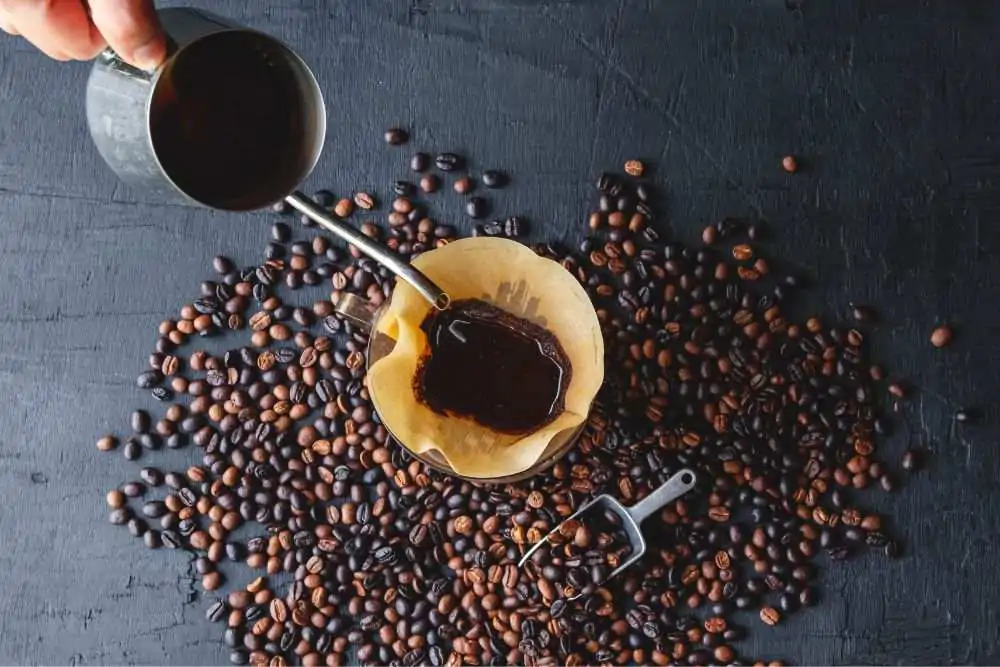
Technically, you could use any brewing method you want to make a cup of java using African beans, but these beans shine the most when using a method that accentuates their delicate flavor profile.
And that method is pour-over.
Pour-over does take a bit of time and practice to get right. In a way, brewing with this method is like a science project, but that’s where the beauty lies. Check out our round-up of coffee brewing methods.
You’re in control of every parameter:
- Coffee-to-water ratio
- Water temperature
- Coffee amount
- Grind size
- Brewing time
- Water flow
By making adjustments where needed, you can play around with the final results and find what suits your taste buds best.
It might seem like a lot – in fact, it can be at first, but once you get the hang of it, it can be quite a relaxing and enjoyable experience.
To do this the proper way, you’ll need:
- Pour-over brewer
- Filter
- Grinder
- Scale
- Kettle
- Timer
Of course, you can always buy pre-ground beans, but since they start losing flavor as soon as they’re ground, grinding them right before brewing will give you the most flavorful cup.
If you do go with preground beans, make sure they’re stored in an airtight, opaque container. That way, you can prevent them from degrading prematurely.
Before you start brewing, decide on the ratio you want to use. There’s no right or wrong answer here, as it really depends on your own preference. If you’re unsure about where to start, 1:17 coffee-to-water is a good middle-ground ratio. The numbers indicate grams, which is why you need a scale.
Follow the steps below to brew your coffee:
- Grind the coffee to the desired grind size. Medium-fine grind, resembling fine sand, is most commonly used, but you can adjust it to your preference.
- Measure your coffee and water in accordance with the ratio you’re using.
- Boil water in a kettle. Boil more than the amount you will use for brewing the coffee, as you’ll need to prewet the filter.
- Place a filter on the pour-over brewer, then pour a bit of hot water to rinse off the paper flavor. Pour the excess water out.
- Add coffee grounds to the filter.
- Pour over just enough water to wet the grounds. Wait for about 45 seconds until it starts blooming. You’ll see bubbles caused by the gas released from the coffee grounds.
- Start pouring the rest of the water into the filter in a circular motion. You can either do it continuously or in multiple pours of a specific amount of water. The brewing process should take around three to three and a half minutes.
When you stop adding water, the coffee will continue dripping for another 20 and 60 seconds. You should count this as part of your total brew time.
To Sum Things Up
As you can see, Africa is home to some of the best coffee beans in the world. My favorite is Ethiopian Yirgacheffe, one of the finest high-end coffees you can get. It’s rich and vibrant, with complex notes of berries and wine.
Of course, other African beans are also worth a try. From Kenya’s AA beans to Ugandan Robusta, there’s something for everyone.
Which variety sounds most appealing to you?
Interested in learning more about Ethiopian coffee? Take a moment to read our article on what is Ethiopian coffee.

